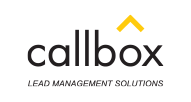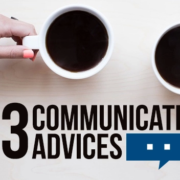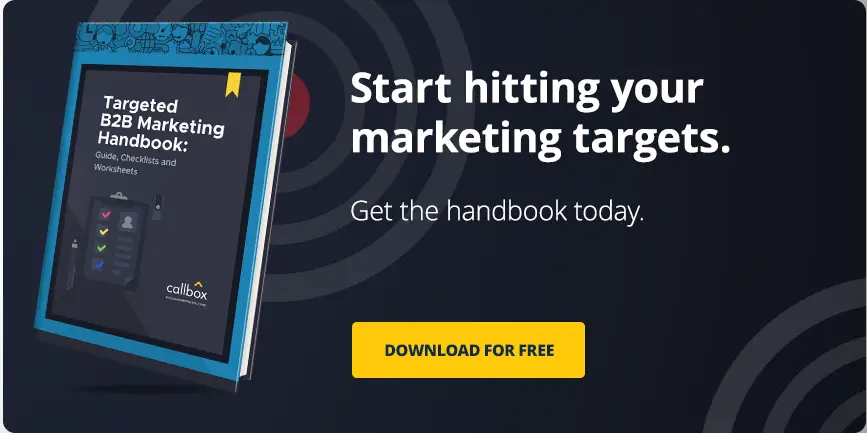4 Sales Call Rapport-Building Techniques That AI Can’t Yet Do [VIDEO]
By 2050, machines will take over half of all jobs.
… and telemarketers will be the first ones to go.
An Oxford study says
there’s a 99% chance
AI will replace human telemarketers soon.
But until AI learns how to build genuine rapport,
sales calls will remain a person-to-person interaction.
That’s because there are four building blocks of rapport
that only we humans can do for now.
#1 Listening and Empathy
Talking about oneself releases feel-good chemicals in the brain.
It’s even more rewarding with a person who’s really listening.
How Not to Sound Like a Machine:
Start with an open-ended question;
let them share a bit about themselves.
#2 Being Authentic
People do business with people they like.
No matter how well AI mimics human speech,
there’s nothing like the real thing.
How Not to Sound Like a Machine:
Let the conversation flow naturally and show genuine interest,
but don’t overdo it.
#3 Finding Common Ground
AI knows more about your prospects than you do.
But only people can connect and find common ground in a conversation.
How Not to Sound Like a Machine:
Bring up interesting tidbits that prospects can relate to.
Build on these points at different moments in the call.
Related: Rethinking Telemarketing and Its Spammy Reputation
#4 Creating Shared Experiences
The secret to building rapport is creating shared experiences.
Whether it’s defining the prospect’s problem or identifying a solution,
working together brings people closer.
How Not to Sound Like a Machine:
Turn sales calls into collaborative brainstorming sessions.
Use “we”, “our”, and “us” in the conversation.
Rapport is a two-way connection between people.
It’s going to stay that way unless machines master these four skills.


![How to Handle Early Sales Objections, According to Science [VIDEO]](https://www.callboxinc.com.au/wp-content/uploads/2018/03/How-to-Handle-Early-Sales-Objections-According-to-Science-VIDEO-180x180.webp)
![4 Ways to Get Past Gatekeepers and Reach Prospects Every Time [VIDEO]](https://www.callboxinc.com.au/wp-content/uploads/2018/02/4-Ways-to-Get-Past-Gatekeepers-and-Reach-Prospects-Every-Time-180x180.webp)















